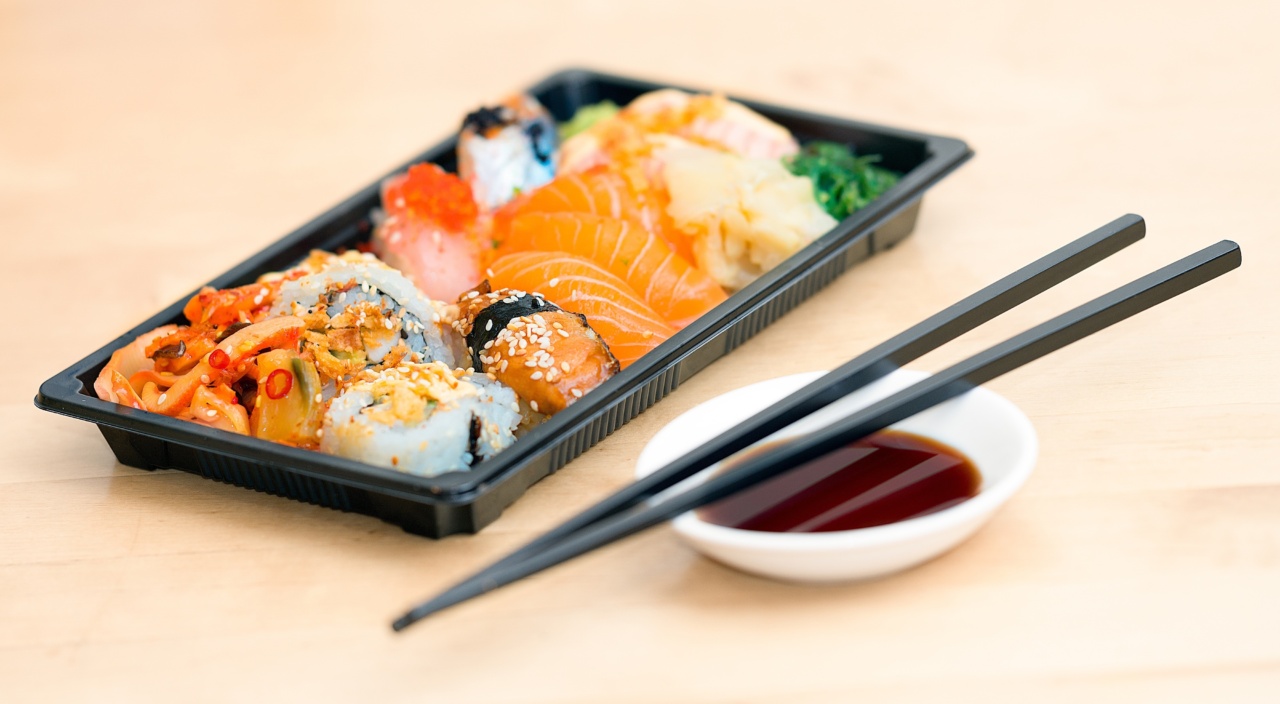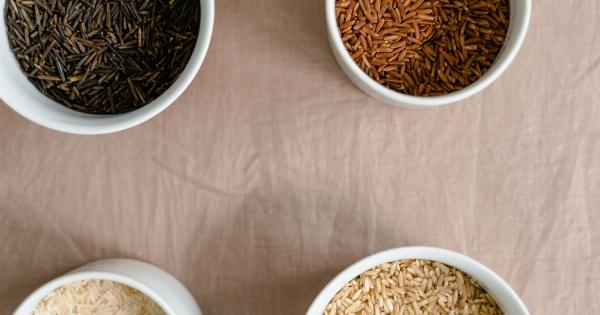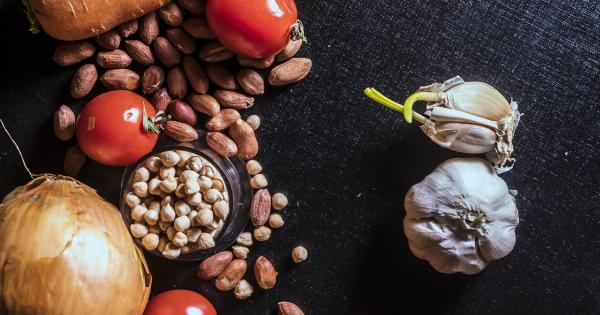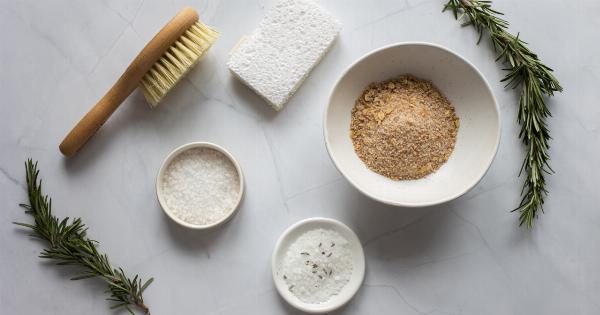Rice is a staple food in many cultures and cuisines. It can serve as a side dish or a main course, and it’s easy to prepare. However, rice can be unhealthy if not cooked and served properly.
In this article, we will provide you with some healthy rice cooking tips to make your meals more nutritious and delicious.
Choose the Right Rice
Choosing the right type of rice is essential for healthy cooking. Brown rice is a healthier option than white rice since it contains more fiber, vitamins, and minerals.
Brown rice takes longer to cook than white rice, but it’s worth the extra time for its nutritional benefits. Other healthy rice options include quinoa, wild rice, and black rice.
Rinse Your Rice
Rinsing your rice before cooking it is essential to remove excess starch and impurities. Rinsing also helps to make the rice fluffier and prevent it from sticking together.
To rinse your rice, put it in a fine-mesh sieve and rinse it under cold running water until the water runs clear.
Measure Your Rice and Water Accurately
Using the correct ratio of rice to water is important for the perfect texture and flavor. Too much water will make the rice gooey, while too little water will make it dry and hard.
A general rule of thumb is to use one and a half cups of water for every cup of rice. However, this ratio may vary depending on the type of rice you’re using and the method of cooking.
Use Healthy Cooking Methods
The cooking method you choose can affect the nutritional value of your rice. Steaming and boiling are the healthiest ways to cook rice since they don’t require added fats or oils.
Using a rice cooker or a pot with a tight-fitting lid can help you cook rice evenly and prevent it from sticking. Avoid frying or sautéing rice since it can add unhealthy fats and calories.
Add Healthy Flavorings
Adding herbs, spices, and vegetables to your rice can enhance its flavor and provide extra nutrients. Cilantro, parsley, thyme, and basil are excellent herbs to add to your rice.
Spices like turmeric, cumin, and cinnamon can not only add flavor but also offer many health benefits. Adding vegetables like carrots, peas, and spinach can increase the fiber, vitamins, and minerals content of your rice.
Avoid Unhealthy Additions
Many people add unhealthy ingredients to their rice, such as butter, cheese, and cream. These additions can add unhealthy fats, sodium, and calories to your rice dish. Instead, try using low-sodium broth, herbs, and spices to add flavor.
If you must use dairy, try adding low-fat or non-fat options like Greek yogurt or skim milk.
Refrigerate Your Leftovers
Refrigerating your leftovers is essential to prevent food poisoning and ensure food safety. Rice can be a breeding ground for bacteria if left at room temperature for too long.
Store your leftover rice in an airtight container in the fridge for up to four days. To reheat your rice, add a few drops of water to the container and microwave it for one to two minutes.
Experiment with Different Rice Varieties and Recipes
Don’t be afraid to try new rice varieties and recipes to keep your meals interesting and nutritious. You can find many healthy rice recipes online or in cookbooks that use healthy ingredients and cooking methods.
Experimenting with different rice varieties like black rice, basmati rice, and wild rice can add variety to your meals and provide different health benefits.
Conclusion
Following these healthy rice cooking tips can help you make delicious and nutritious rice dishes that can complement any meal.
Choosing the right rice, rinsing it, measuring water accurately, using healthy cooking methods, and adding healthy flavorings are some of the tips to ensure healthy rice cooking. You can experiment with different rice varieties and recipes to keep your meals interesting and healthy.





























